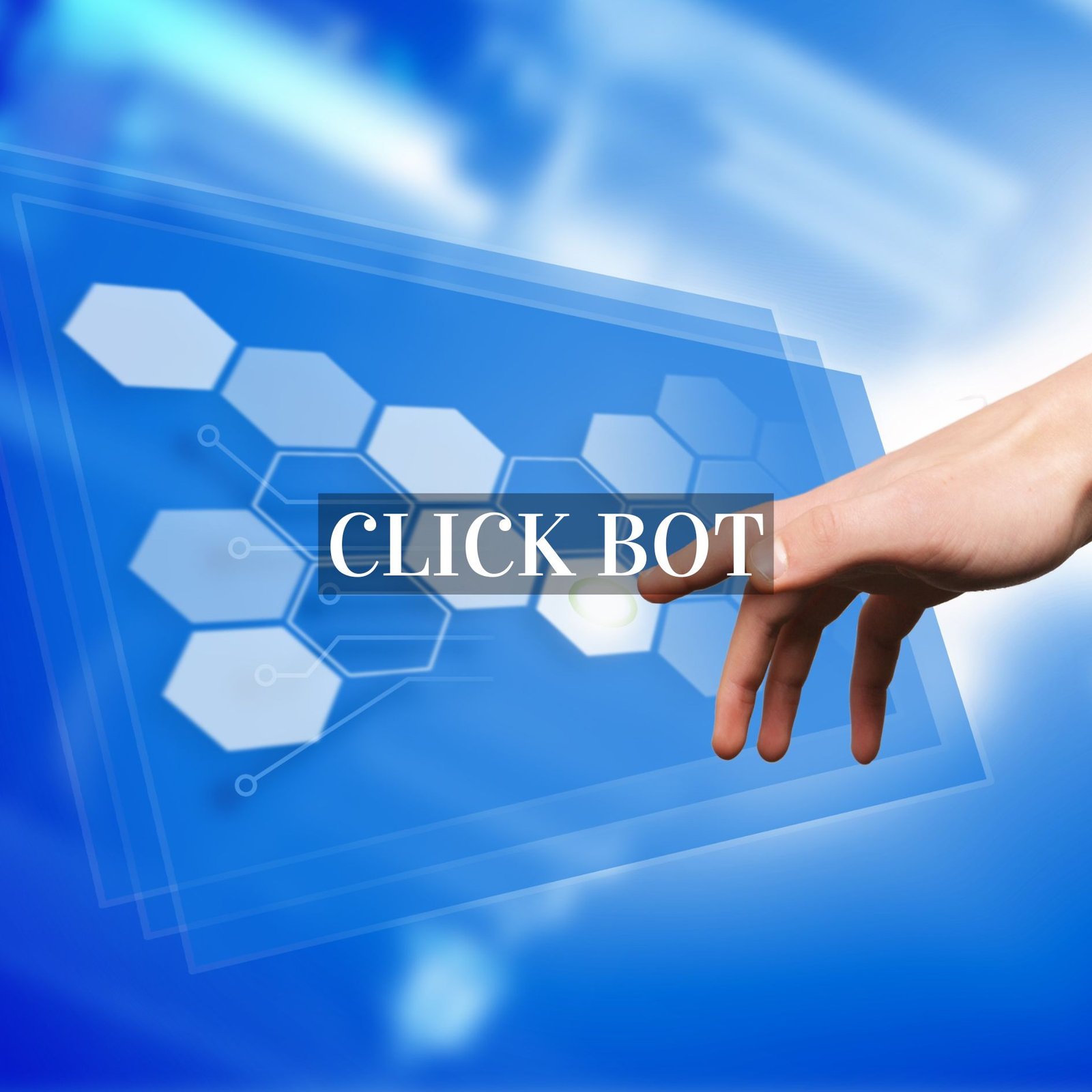Table of Contents
Anthropic, a leading artificial intelligence (AI) research company, has introduced a new AI tool, ClickBot, aimed at transforming the daily routines of software developers. This innovative tool automates mouse clicks and streamlines repetitive coding tasks, reducing manual effort and increasing developer productivity. By offering automation for simple commands and navigating user interfaces, ClickBot has the potential to revolutionize how developers interact with their work environment, allowing them to focus on more complex problem-solving and creative tasks.
ClickBot: A Game Changer for Coders
Click-Bot represents a significant step forward in the automation of development workflows. Programmers frequently spend time on repetitive, tedious tasks, such as clicking through various interfaces, managing build processes, or navigating between files and folders. These tasks, though essential, consume significant time that could otherwise be spent solving more complex problems. Click-Bot aims to eliminate this burden by automating these repetitive tasks. It allows developers to issue high-level commands, which the AI translates into actions, such as initiating mouse clicks or executing pre-set commands.
The AI tool’s ability to automate routine tasks not only saves time but also minimizes errors associated with manual input. Developers often experience “click fatigue,” where performing repetitive actions can lead to mistakes due to fatigue or distractions. With ClickBot, such risks are mitigated, and developers can maintain a more consistent and focused workflow.
Seamless Integration with Development Tools
One of Click-Bot’s key selling points is its seamless integration with popular development tools and platforms. Whether developers are using Visual Studio Code, JetBrains, or web-based code editors, Click-Bot fits right into their existing workflows with minimal setup. This compatibility ensures that developers do not need to overhaul their development environment to use AI.
Moreover, the AI learns and adapts to different coding styles and behaviors. By observing how a user interacts with their development environment, ClickBot becomes more personalized over time. Based on the patterns it observes, it can predict which tasks are repetitive or require automation, further enhancing its utility for developers.
ClickBot’s integration isn’t limited to local development environments; it can also function in cloud-based setups, making it highly adaptable for remote development teams. As more companies embrace remote work or distributed teams, tools like ClickBot can significantly improve team collaboration and project management by automating mundane tasks that slow down progress.
Beyond Coding: Potential for Broader Applications
While ClickBot is primarily designed for software development, its capabilities suggest a broader range of applications. The AI could potentially be adapted for industries that rely heavily on digital interfaces, such as graphic design, data analysis, and customer service. For example, data analysts who often work with large spreadsheets or design professionals navigating complex creative software might find relief from repetitive clicking and manual inputs through automation.
ClickBot’s underlying machine learning algorithms could be refined to suit the unique needs of various industries, making it a versatile tool beyond the tech sector. With its ability to learn user preferences and predict future actions, the AI holds promise for automating a wide range of routine tasks across different digital environments.
Ethical Considerations and Human-AI Collaboration
As with any significant advancement in AI, there are questions about the ethical implications of automating tasks traditionally performed by humans. Concerns have been raised about over-reliance on AI and the potential for job displacement, particularly in sectors where automation is rapidly advancing. However, Anthropic emphasizes that ClickBot is intended to augment, not replace, human capabilities.
The AI is designed to handle the low-level, repetitive tasks that often bog down productivity, freeing up developers to focus on creative problem-solving and innovation. Rather than replacing jobs, ClickBot aims to enhance human-AI collaboration by empowering developers to work more efficiently and effectively. By automating the less enjoyable parts of coding, it allows developers to focus on what matters most—the logic, structure, and creativity behind their code.
Future Prospects for ClickBot
Anthropic has ambitious plans for ClickBot’s future. The company has stated that future updates will include enhanced adaptability, allowing the AI to handle even more complex tasks beyond simple mouse clicks and command execution. As the tool evolves, it could become capable of managing entire workflows autonomously, drastically reducing the time developers spend on routine operations.
The potential for cross-industry use is also a significant consideration for Anthropic. As AI continues to evolve, ClickBot’s application may expand into fields like marketing automation, customer support, and design, broadening its appeal and usefulness across various professional sectors.
Conclusion
Anthropic’s ClickBot represents a significant leap forward in AI-driven automation, particularly for developers and technical professionals. By automating repetitive tasks, ClickBot not only boosts productivity but also reduces the strain associated with manual, repetitive actions. As the tool continues to evolve, it has the potential to transform not only the way coders work but also how professionals in other industries interact with digital environments.
With AI like ClickBot on the rise, the future of work is set to become more efficient, with humans and machines working in tandem to enhance creativity and productivity.









